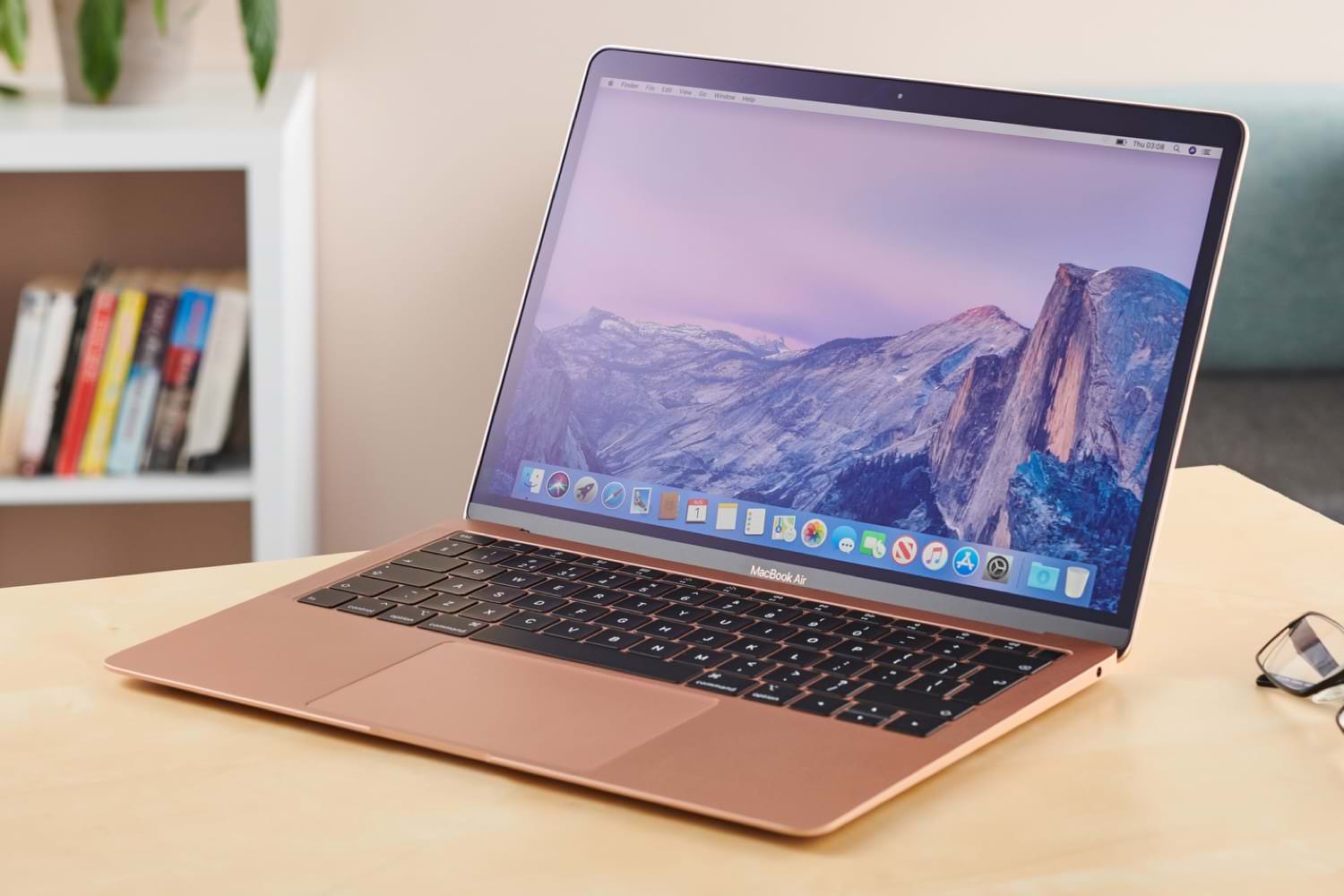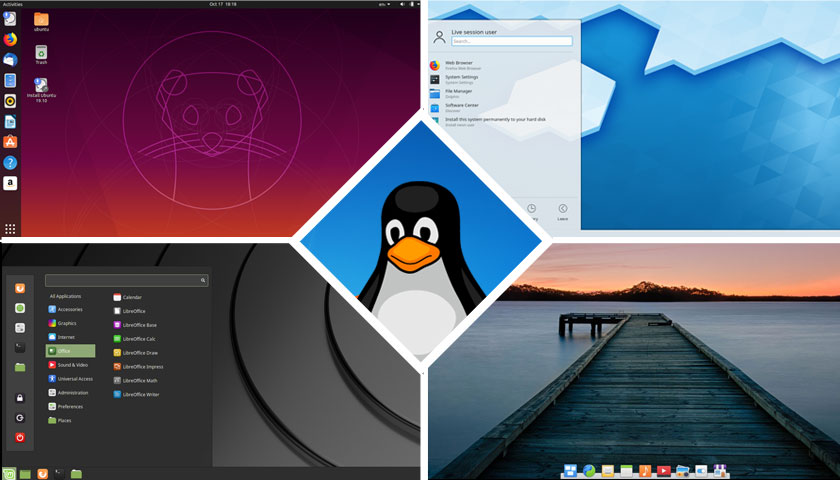Like most software, you can get a perfectly good photo editor for free. Many will fix up your pictures with just a couple of clicks or taps, but if you want Photoshop-style control so you’re not adjusting the entire image, there are still options from old-school classics such as GIMP to a more recent (and easier to use) apps such as Adobe’s own Photoshop Elements which doesn’t require a subscription and is reasonably priced.
With that in mind, we’ve rounded up the best free photo editing software and apps to help get you started, as well as a couple paid options just in case you’re looking for a Photoshop alternative with more advanced features.
Best Free and Cheap Photo Editors
- GIMP
- Paint.NET
- Pixlr
- PhotoScape
- Krita
- Fotor
- Adobe Photoshop Elements
- CyberLink PhotoDirector
- Affinity
GIMP

GIMP (aka GNU Image Manipulation Program) has basically been around forever, at least in internet terms) tracing its origins way back to 1995 when it was created as an open source equivalent to Photoshop.
These days you can get it for Windows, OS X, or Linux, and it’s entirely free. While it lacks some polish compared to some of our other selections, you can’t fault GIMP for its selection of features, which is about as comprehensive as you can get without laying down some money.
It helps that the layout is pretty close to Photoshop’s, making it immediately familiar to anyone who’s dabbled with the Adobe program.
Paint.NET

The name might bring to mind MS Paint (which this began as a replacement for), but Paint.NET does an awful lot that Microsoft’s simplistic editor can’t, with support for layers, effects, and a variety of other tools.
Still, it hasn’t entirely lost Paint’s simplicity, which is one of Paint.NET’s greatest strengths. It’s fast and lightweight, making it ideal for quick, simple edits. It’s also great for users who want something with more oomph than Paint, but don’t need all the daunting bells and whistles of Photoshop.
It’s worth noting that if you have Windows 10 and it’s up to date, you have a brand new version of Paint which lets you create and play with 3D objects.
Pixlr

Pixlr has one giant benefit over most of the other apps on this list: it runs entirely in your browser, meaning you can access it on any PC or Mac, with no need to install anything.
It comes in a few varieties: Editor, a full-featured tool; Express, a stripped-back version designed to run quickly for smaller projects, and Pixlr X which is the newer and faster version of Express (the latter of which is set to be phased out soon due to its reliance on Flash).
Of course you can’t quite get the full power of a photo editor in a browser, but Pixlr packs plenty of features in, and the full version is surprisingly comprehensive – especially considering how smoothly it runs.
There’s a Pro version too that costs $22 per month (around £16.70, though can be as low as $5 / £4 depending on promotions currently running).
Pixlr also has mobile apps for Android and iOS, which can be found respectively on the Google Play Store and the App Store.
PhotoScape

PhotoScape is a solid free photo editor that also offers a little more besides – you can also use it to create animated GIFs, convert RAW images to JPG, create slideshows, and more.
When it comes to the actual editing tools, PhotoScape can’t beat the most fully featured entries on this list, but it does have all the core functionality you’re likely to need.
The default circular tool menu is a bit divisive, but you can opt for a more traditional grid if you prefer, and you have access to the usual array of editing and re-touching tools, including a variety of effects and filters.
Krita

Krita is as notable for its creators as it is for its functionality. Developed by artists for artists, the free cross-platform app is designed to give artists all of the tools they need, with a focus on concept artists, illustrators, matte and texture artists, and the VFX industry.
It’s not strictly a photo editor (though you can certainly use it for basic re-touching), and the focus is more on digital painting and creating artwork from scratch.
It has a variety of brush engines (along with a handy brush stabilizer feature), and you can also import brush and texture packs. The recently added support for HDR monitors in Windows is a welcome addition, and it even supports PSDs, so it’s fully compatible with anything you’ve worked on in Photoshop.
Fotor

Fotor isn’t trying to be a fully-fledged photo editor, so if you’re looking for a full suite of functionality then you might be better off elsewhere.
What it does offer is a great selection of photo enhancement tools – directly through your browser like Pixlr – letting you quickly apply filters and do some basic re-touching. It also has an HDR option that lets you merge multiple photos with different exposures to create a single image that captures the ideal amount of colour and detail.
You can install Fotor for Windows (or Mac) separately, again for free, if you prefer. The desktop application offers a batch processing tool too, so you can apply the same changes to a huge number of images at once, a feature sadly missing in a lot of equivalent applications.
There’s a paid version too that enables more advanced features on the online version. Subscription costs are $8.99 per month (around £7), or $39.99 per year (around £30).
Adobe Photoshop Elements 2019

As powerful as many of these free photo editors are, sometimes you just need something with a little more oomph. With that in mind, we’ve also picked out a couple of cheap photo editors that can give you a bit more power without breaking the bank.
Photoshop Elements 2019 is the slightly more beginner-friendly kid sibling to full Photoshop, offering most of the same features for less than the price of a year’s subscription to the full app.
CyberLink PhotoDirector 10

Rather than being a Photoshop Elements clone, PhotoDirector is more akin to Adobe Lightroom.
In this latest version, PhotoDirector 10 Ultra offers AI-powered photo effects, a professional background music library for slideshows, layer masks, cloning, layer grouping and adjustment layers. You can see more new features here.
There are plenty of easy-to-use retouching tools too, plus handy extras including content-aware object removal which lets you erase that unwanted wooden post or whatever else is ruining your otherwise perfect shot.
If you’re willing to spend money on a photo editor, PhotoDirector 10 is a great choice.
Affinity Photo

Built to offer professional features at a budget price, Affinity Photo is a definite step up from the free editing software listed here, without getting anywhere near the price of the most expensive professional apps around.
The layout will be mostly familiar to anyone who’s used other comprehensive photo editors, though naturally Affinity has a few of its own idiosyncrasies and quirks, most obviously the ‘Personas’, a selection of operating modes you switch between depending on what you want to do, giving you access to different tools and options.
There’s a lot of functionality here, and it’s not the most beginner-friendly app around, but it’s a great way to get professional quality at an amateur-friendly price.
It’s available for desktop (£48.99/$49.99 – Windows and MacOS) and mobile (£19.99/$19.99 – iOS only).



